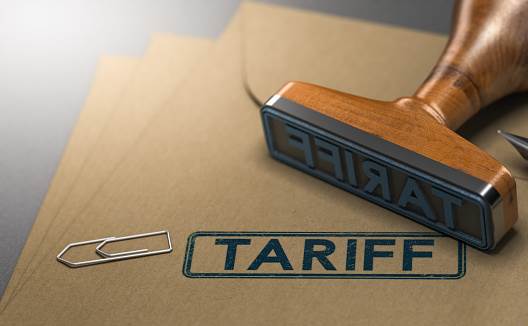Seamless Steel Pipe Supplier from China

US-Japan tariff negotiations face key challenges: What are Trump’s global trade intentions?
In the context of the US-Japan tariff negotiations, Trump’s global trade intentions are mainly as follows:
Increase fiscal revenue: Trump hopes to increase the fiscal revenue of the US federal government by implementing a “reciprocal tariff” policy and imposing tariffs on trading partners, so as to promote the long-term tax structure adjustment of “domestic tax cuts and international tax increases”. He once said that the fiscal revenue brought by tariffs satisfied him and was expected to reach US$2 billion per day.
Protect domestic industries and employment: limit the impact of foreign competition on domestic companies, protect the production and employment of specific industries, gradually promote the return of manufacturing, and ensure the security of the supply chain. For example, a 25% tariff is imposed on foreign cars in an attempt to protect the domestic automobile industry in the United States.
As a bargaining chip: Use tariffs as a bargaining chip in negotiations with other countries to force countries with “unfair” trade practices to make concessions. Some economies have reduced tariffs on the United States in order to seek “exemptions” under the threat of tax increases, which is a manifestation of Trump’s strategy.
Catering to specific voter groups: Research has found that during the 2018-2019 trade war, swing states received more tariff protection, and regions that benefited from tariffs were more inclined to support Trump. By implementing trade protection policies, Trump can cater to specific voter groups that support him and consolidate his political base.







